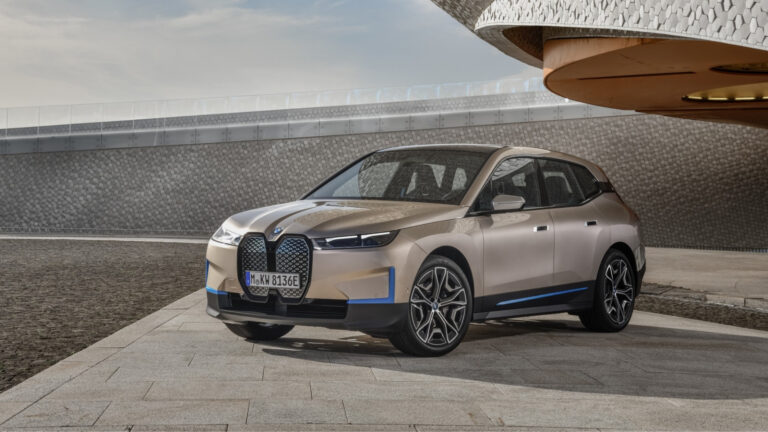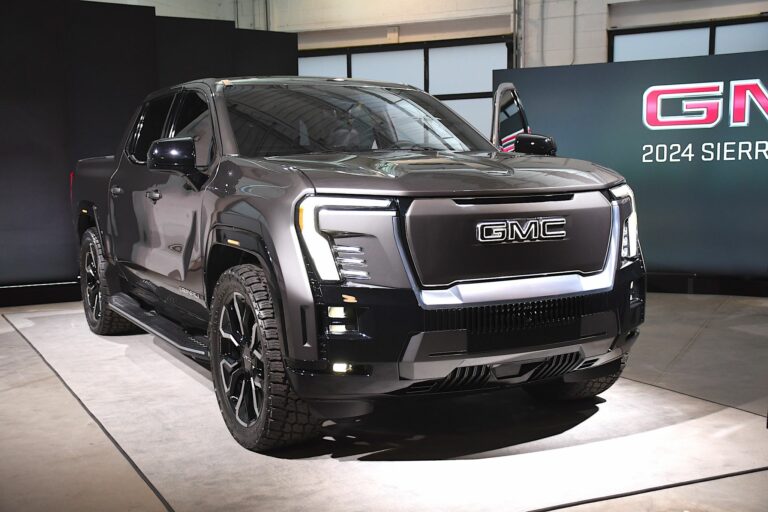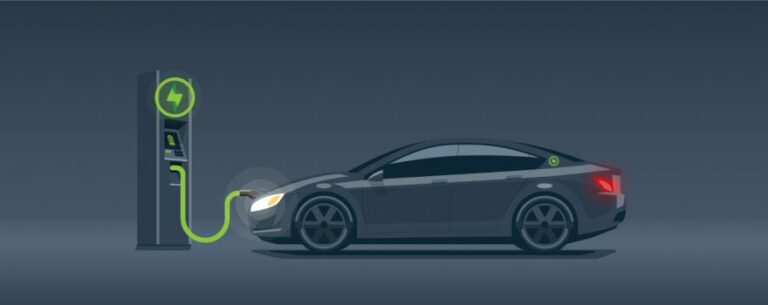
Catégories :
History of the electric car: an impressive evolution!
2021-11-20 - Updated 2024-02-08

While the electric car is presented as the future of the automobile, the very first electric vehicle actually appeared... in the 1830s!
Surprising, isn't it? Discover the history of the electric car and the key facts of its evolution from yesterday to today.
History of the electric car
IT ALL BEGINS IN THE 1830s
As early as 1830, the first known prototype of an electric vehicle was designed by Robert Anderson from a carriage. In 1834, American Thomas Davenport designed the very first model of an electric vehicle, which was more of a locomotive. It was not until 1852 that the first model of an electric car was commercialized. However, at that time, cars were not equipped with rechargeable batteries, as recharging did not yet exist.
In 1859, the rechargeable lead-acid battery was invented by Gaston Planté. It was then improved by the work of Camille Faure in 1881. Thanks to these men, electric cars began to take off, as the electric car became viable when it could be recharged.
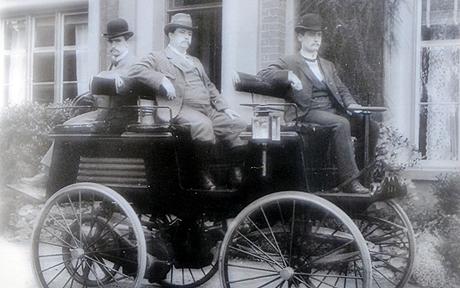
An 1884 photograph of the electric car designed by British inventor Thomas Parker. © Eastern Daily Press
In 1881, a viable electric car model was developed by three Frenchmen, including Camille Faure, an electrochemist who worked on improving lead batteries, Charles Jeantaud, an automobile manufacturer, and Nicolas Raffard, a mechanical engineer. That same year, Frenchman Gustave Trouvé presented another electric car at the Paris International Electricity Exhibition. Competition arose between the internal combustion (thermal) car, steam car, and electric car.
In 1899, the potential of the electric car was demonstrated when Camille Jenatzy's car, called "La Jamais Contente," set a speed record by exceeding 100 km/h. By 1900, electric taxis were circulating on the streets of New York City. At that time, 38% of the American automobile market was electric. Electric cars were described as easy to start and not leaving a suffocating cloud of black smoke behind them.
Even at that time, these cars were considered superior to thermal cars.
ABANDONMENT OF THE ELECTRIC CAR IN THE 1900s
In 1908, Ford launched its Model T, a symbol of cheap gasoline, accessibility, and the power of the thermal engine. This was a turning point in the history of the electric car, as electric progress would give way to Ford's innovations. By 1920, it was the beginning of the era of the thermal car accessible to all as gasoline was cheap.
Unfortunately, the electric car was forgotten for the next 40 years.
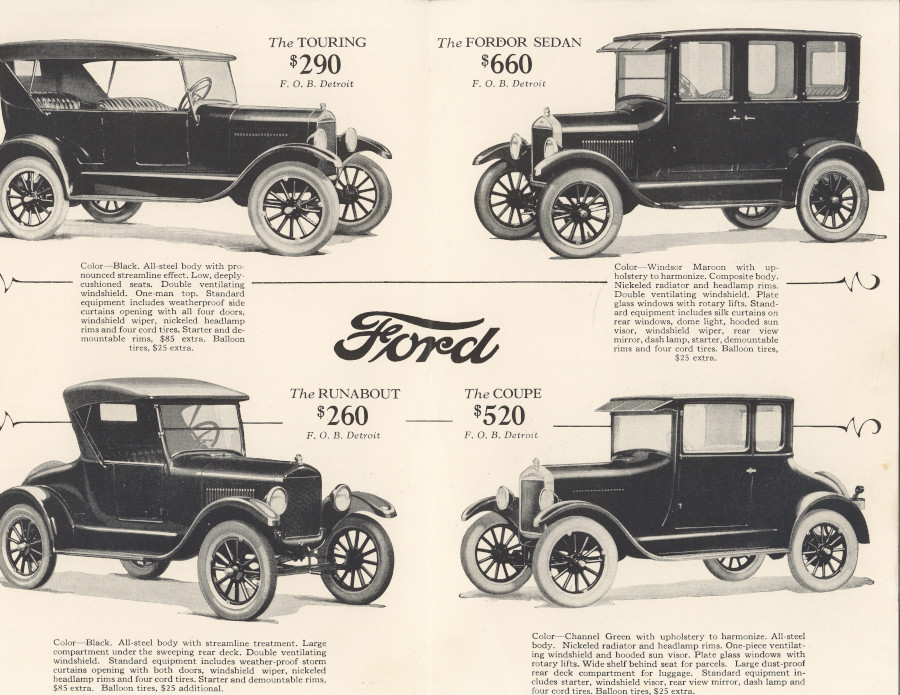
1924 Ford Model T brochure (National Automotive History Collection)
1966: RETURN TO THE POTENTIAL OF ELECTRIC CARS
Pollution is becoming more and more present and the environmental impacts are starting to be felt. Thus, reducing air pollution becomes a concern for the US Congress, which recommends the construction of environmentally friendly cars in 1966. Additionally, fluctuations in oil prices also renew interest in electric cars.
In 1973, with the first oil shock and the OPEC embargo against the United States, the electric car becomes a topic of interest. Initiatives are launched and prototypes are developed around the world. Renault produces an electric version of the R5, but it will never be commercialized.
1990: A TURNING POINT FOR ELECTRIC CARS
In 1990, California passes the Zero Emission Vehicle (ZEV) mandate. The law requires that every car manufacturer must have 2% green vehicles in their sales by 1998 to be allowed to sell their other cars.
All major car manufacturers then mobilize to launch eco-friendly car models. General Motors, which had launched an ambitious electric car development program, launches the EV1 and a little over 1000 units are produced. However, most of the projects will not come to fruition, but at least some consideration is given to the idea. Due to the low range, this marks the beginning of hybrid models.
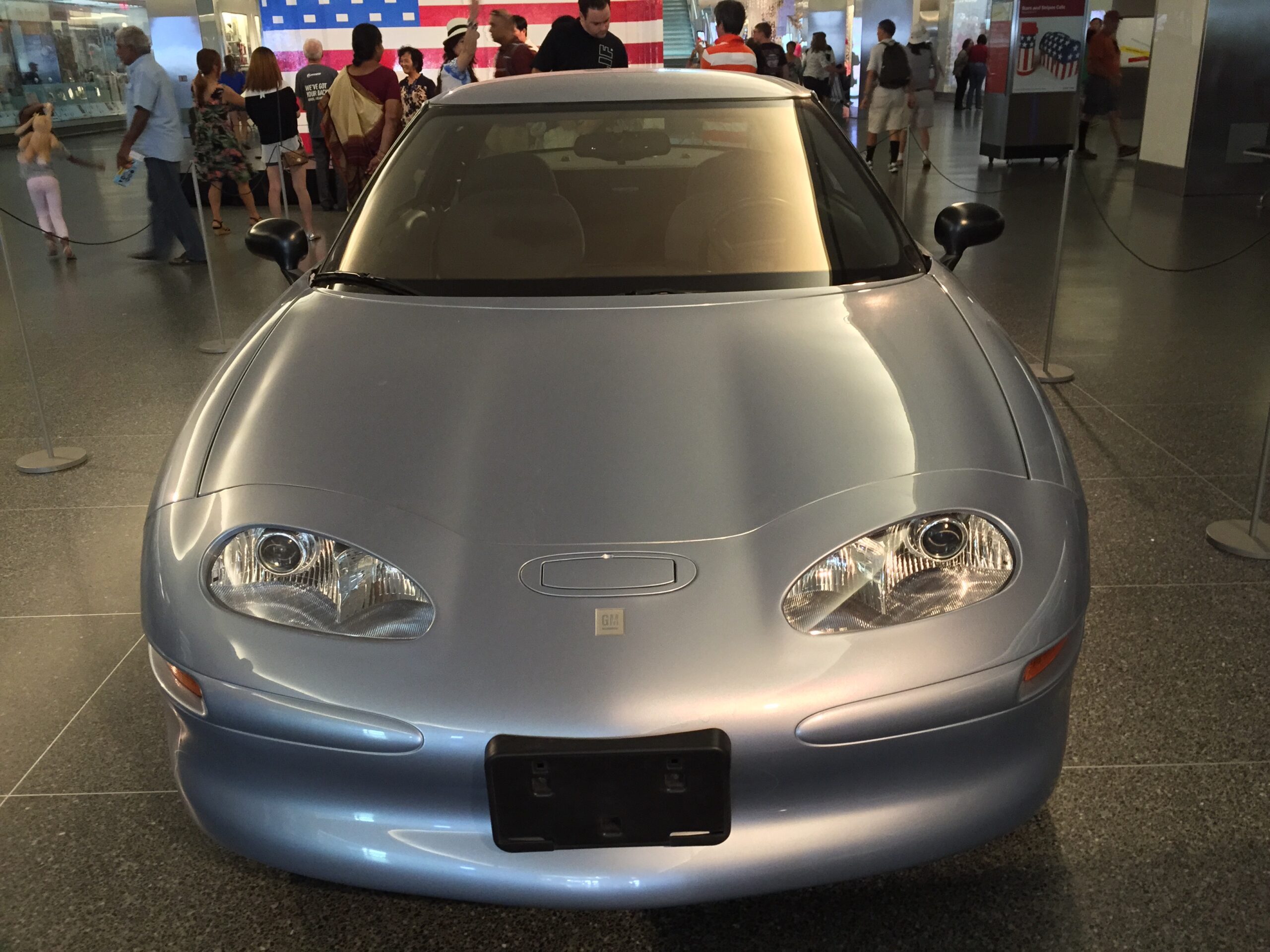
1997 General Motors EV1 at Smithsonian National Museum of American History 7of8
In 1997, Toyota launched the Prius in Japan, the first hybrid car that sold 18,000 units in its first year of commercialization. Many other automakers subsequently introduced hybrid models, such as the Ford Ranger pickup EV, the Honda EV Plus, the Chevy S-10 EV, the Toyota RAV4 EV, and the Nissan Altra EV. However, these projects were abandoned due to the lack of customer demand. In 2003, California repealed its Zero Emission Vehicle law under pressure from major automakers.
20 YEARS LATER: THE BEGINNING OF THE ELECTRIC VEHICLE ERA
In 2008, Nissan unveiled the Leaf, the world's first commercially available 100% electric car. The same year, Tesla released the Roadster, a 100% electric car claiming 340 km of range. Impressive progress has been made in terms of electric vehicle range. Tesla has captured the public's imagination and accelerated the industry by offering ever more innovative, technological, and high-performance products. Since 2010, we have been in the era of the electric vehicle. The race is on, as automakers are now relaunching hybrid models, but this time, the market is responding!
After hybrid cars, interest has shifted more towards 100% electric cars, which are becoming increasingly high-performing. From 2015 to today, the growth has been phenomenal, and the technology continues to evolve. In addition to the cars themselves, charging stations and networks are also rapidly expanding. Given the major environmental challenges we face, the electric vehicle is no longer just the car of the future, it is now the car of today. Join the change!
You like this article? Check out this one:


